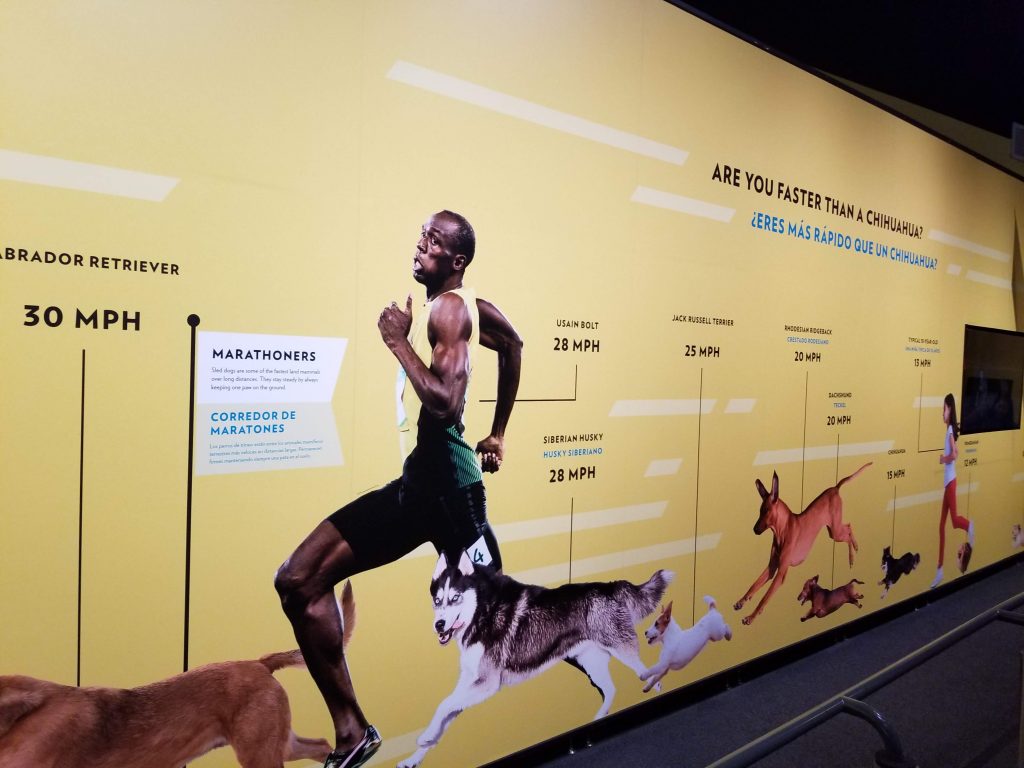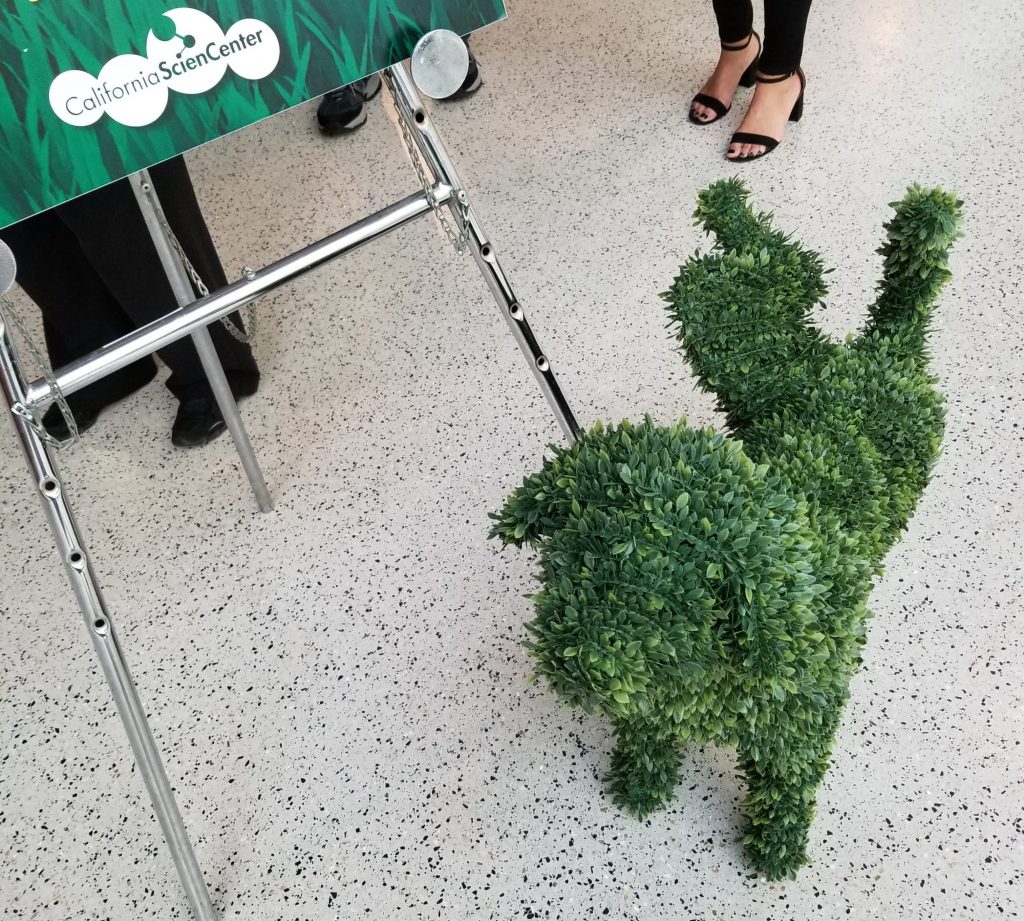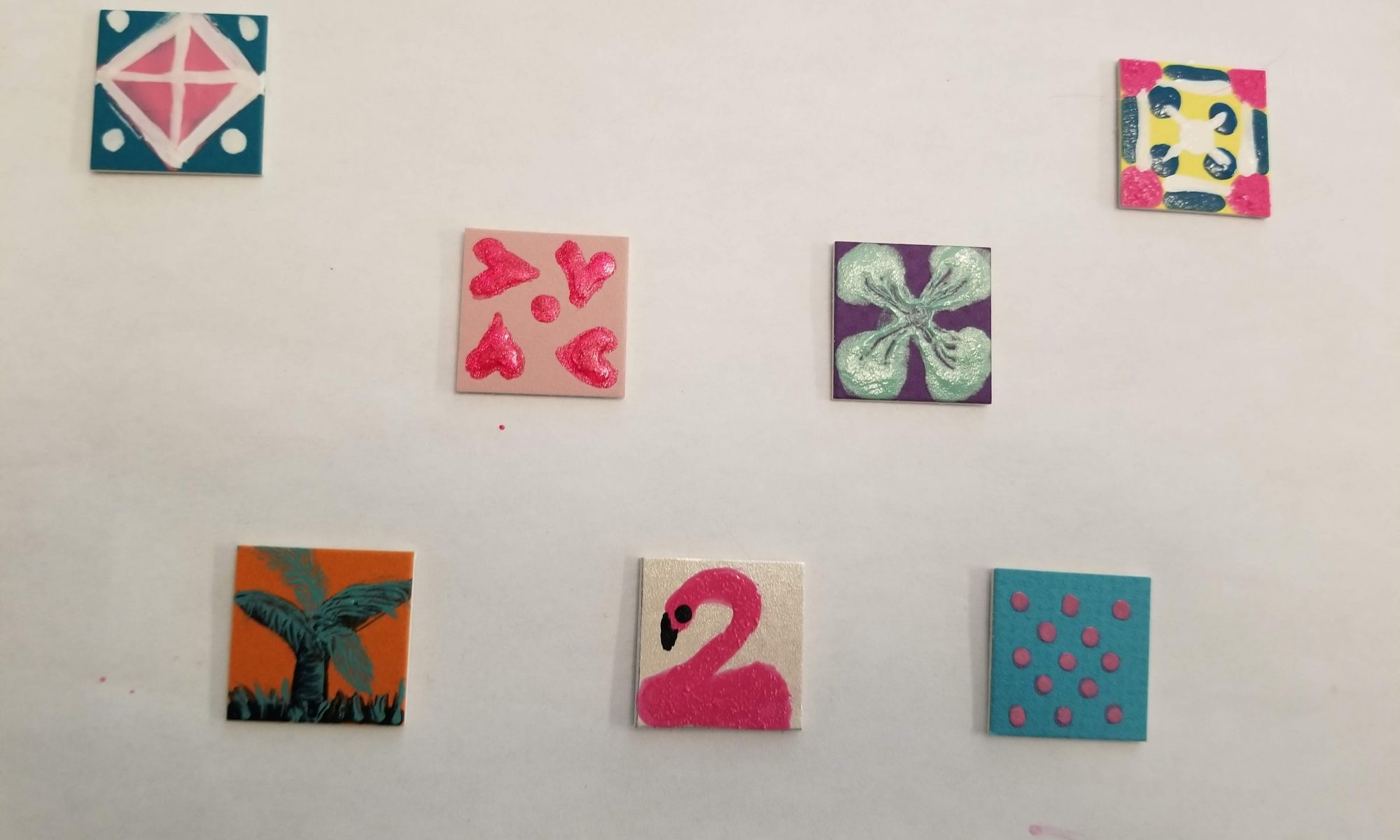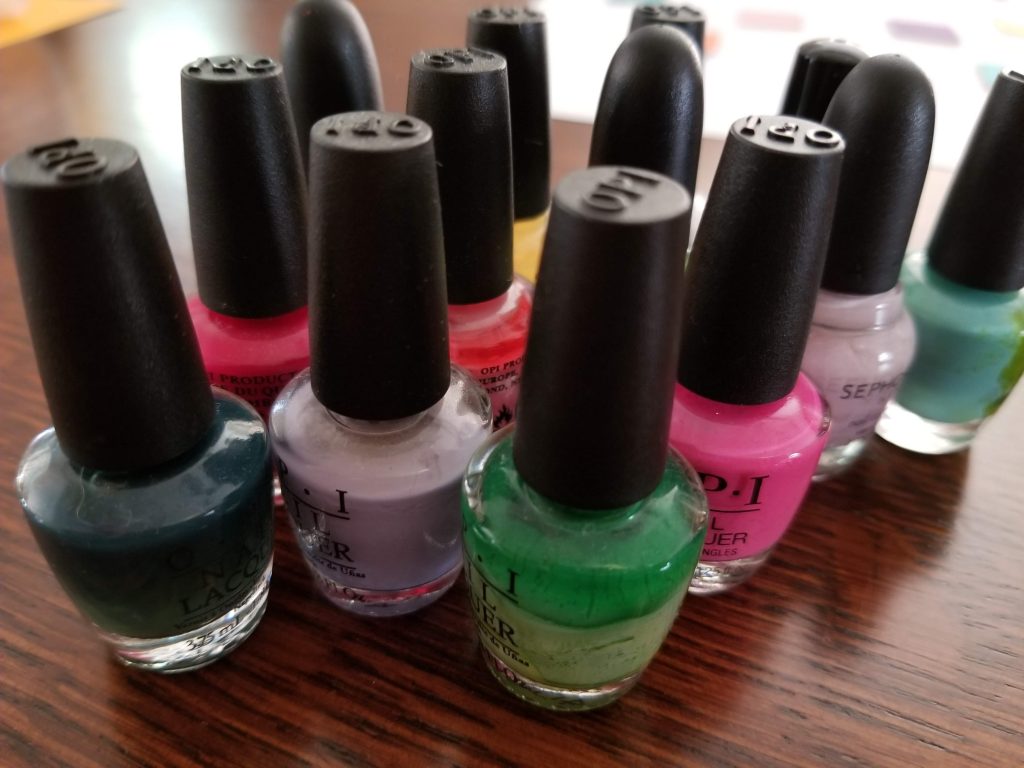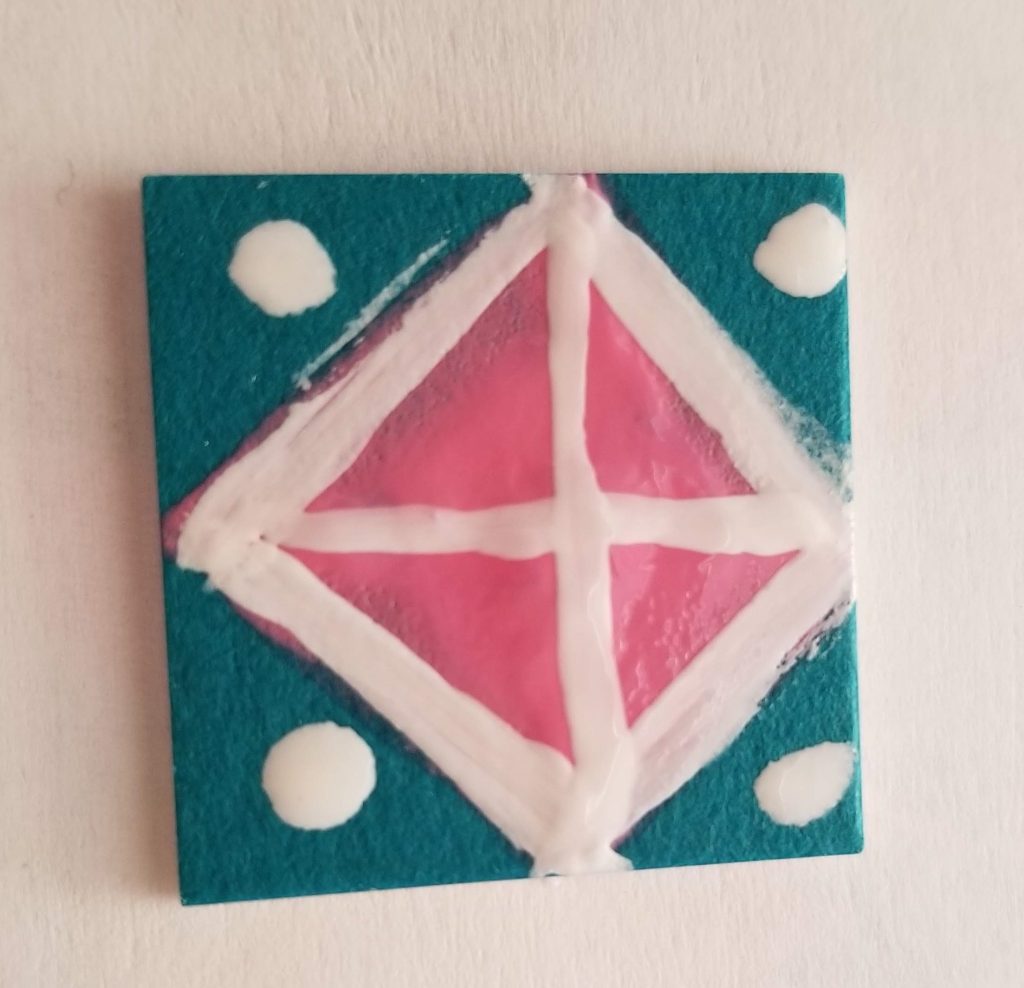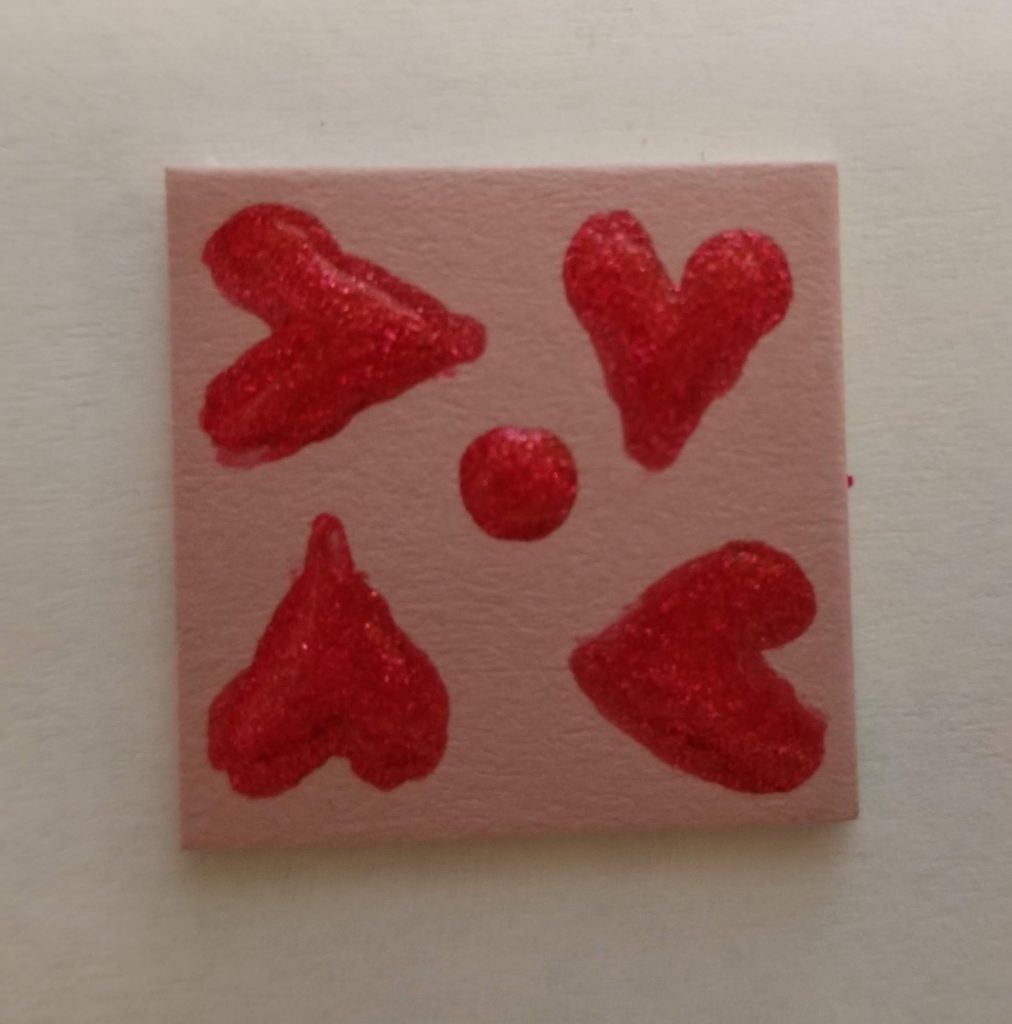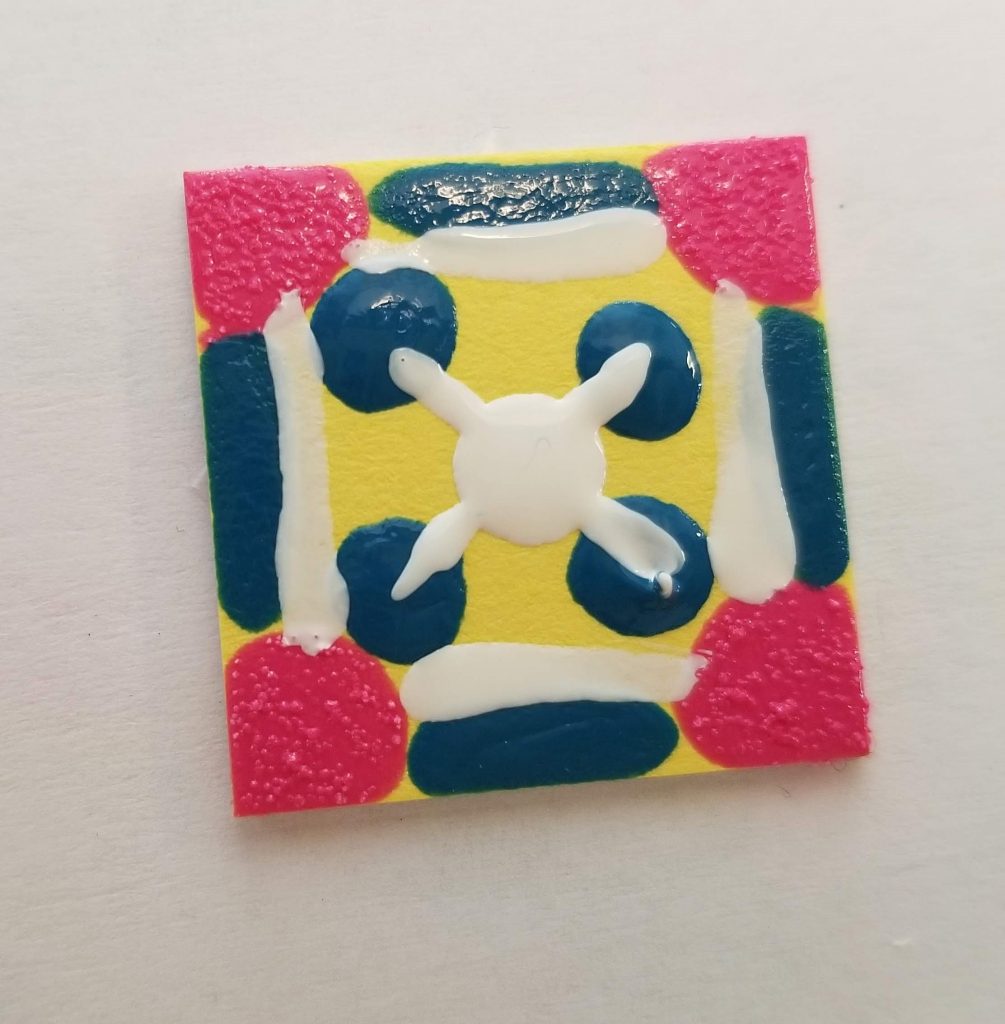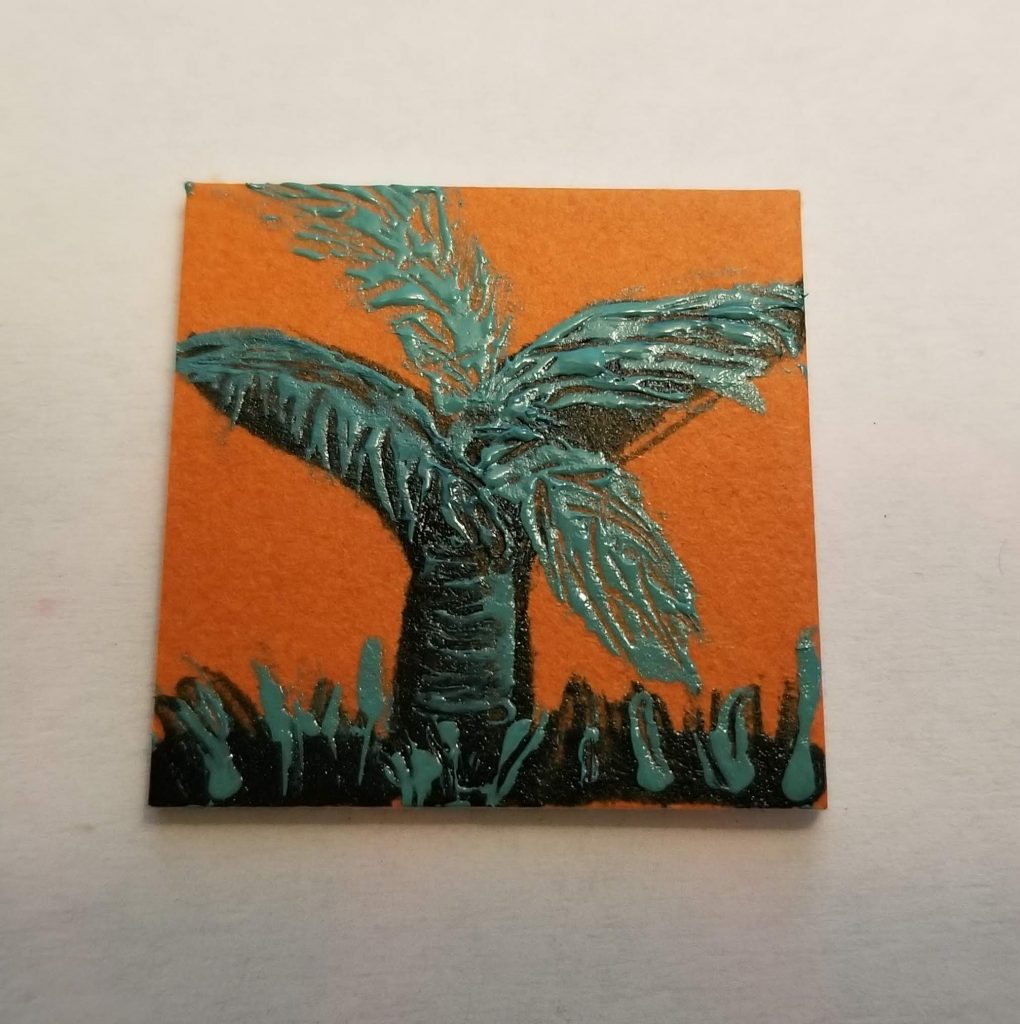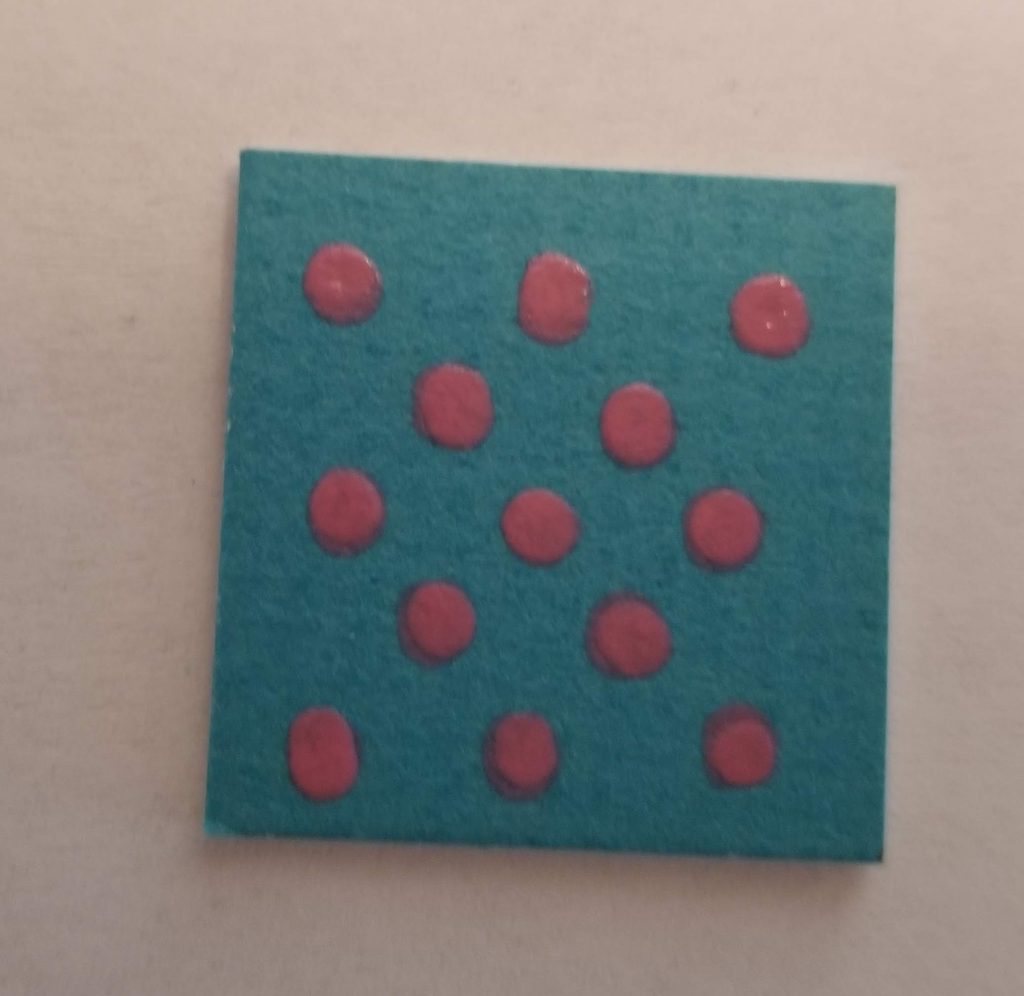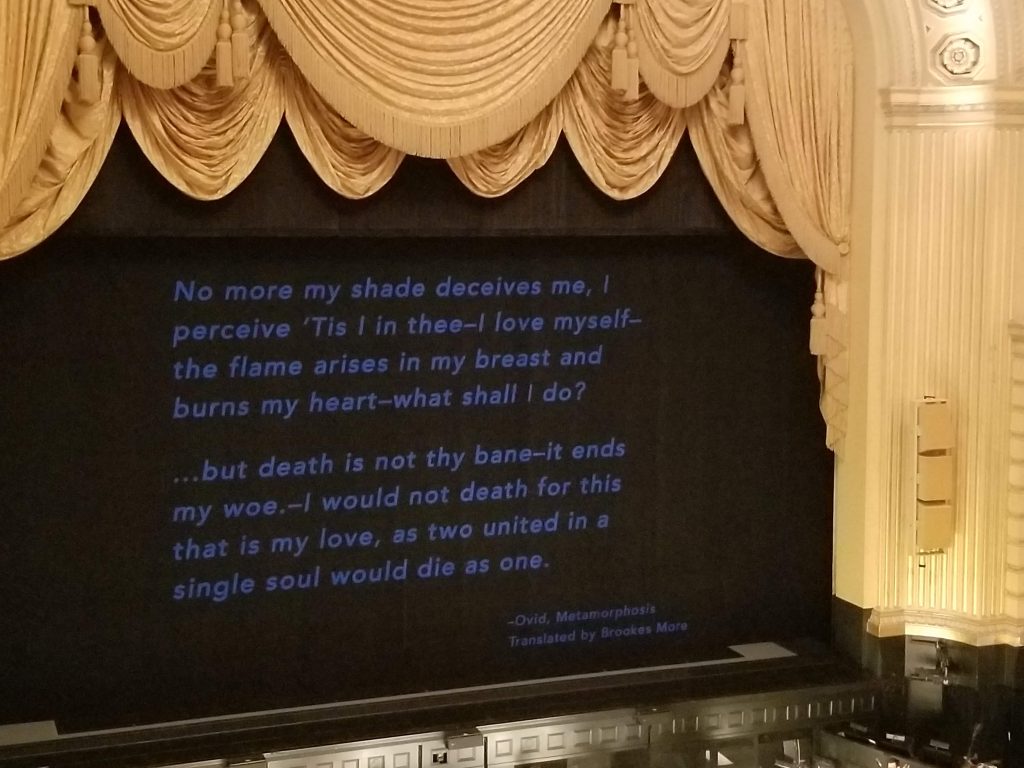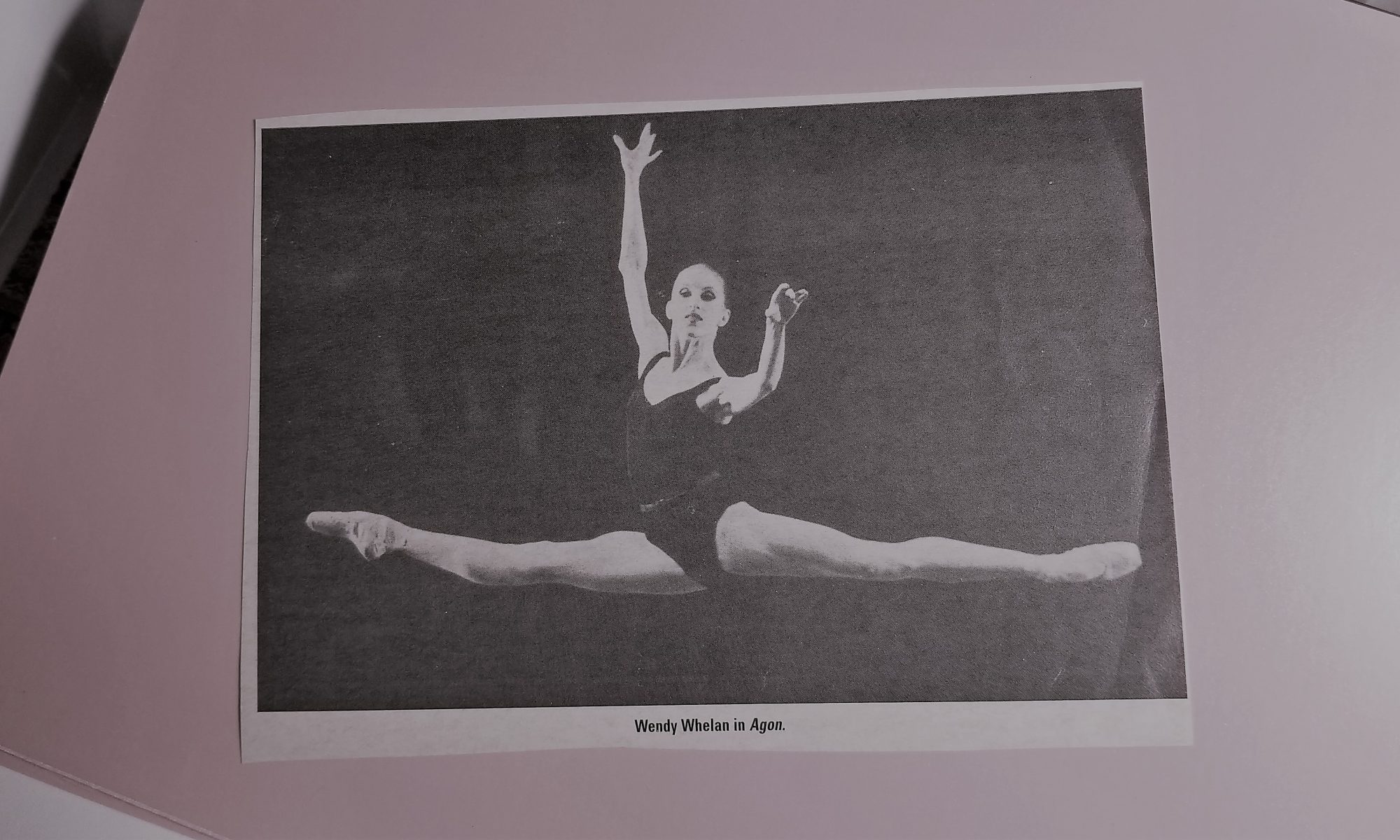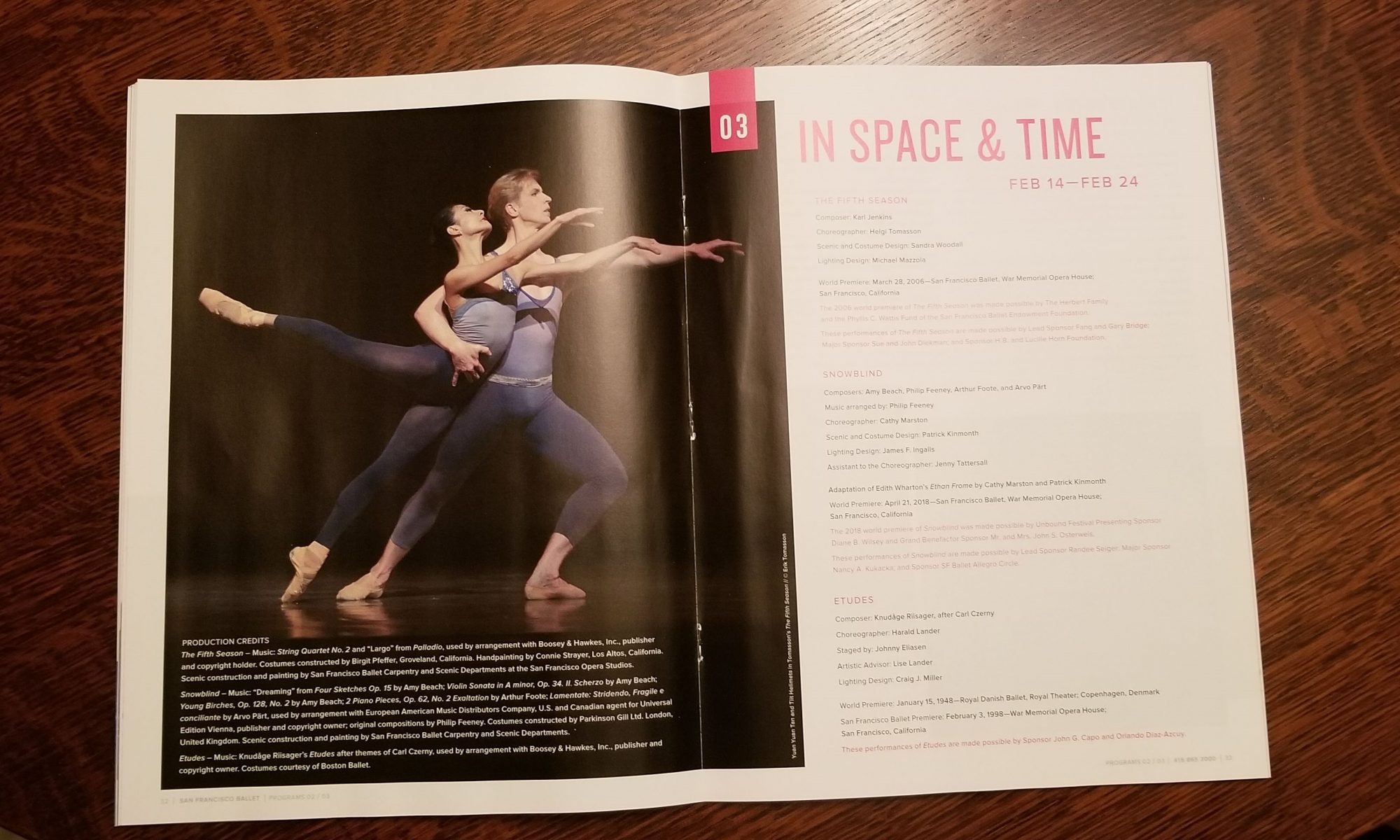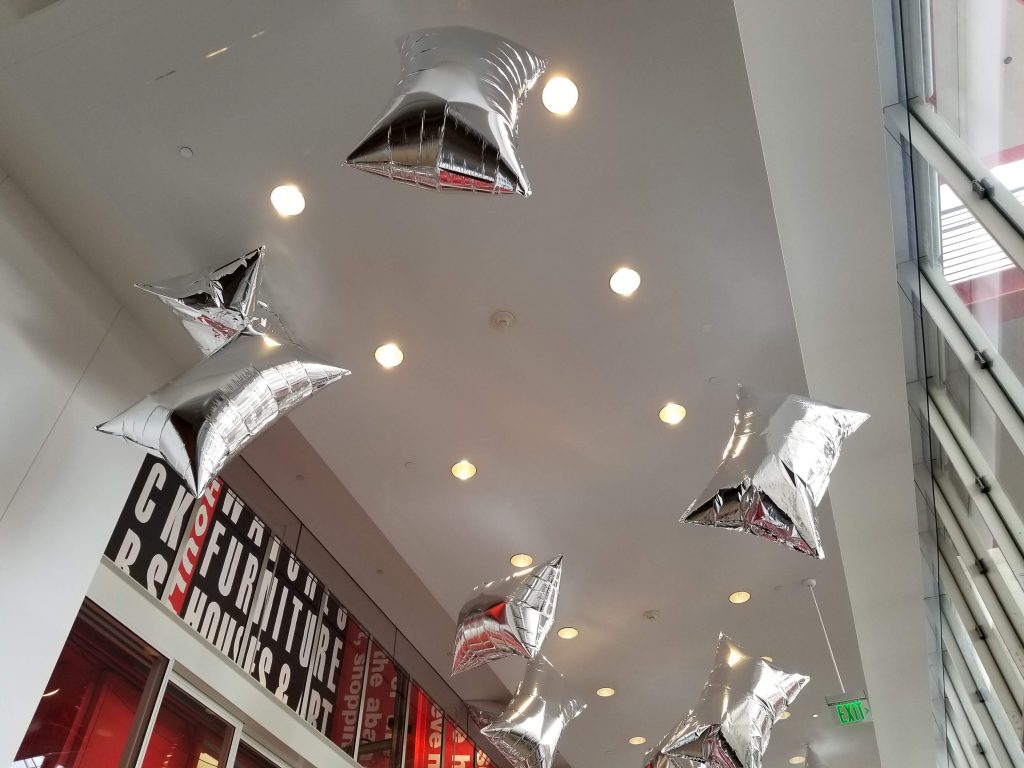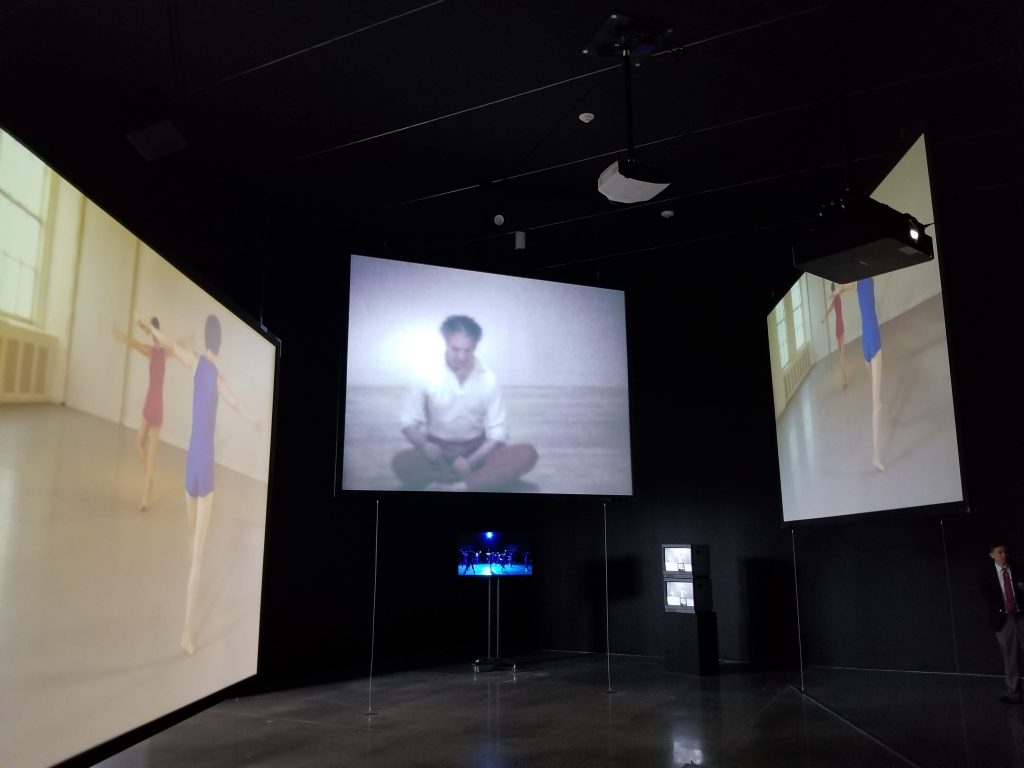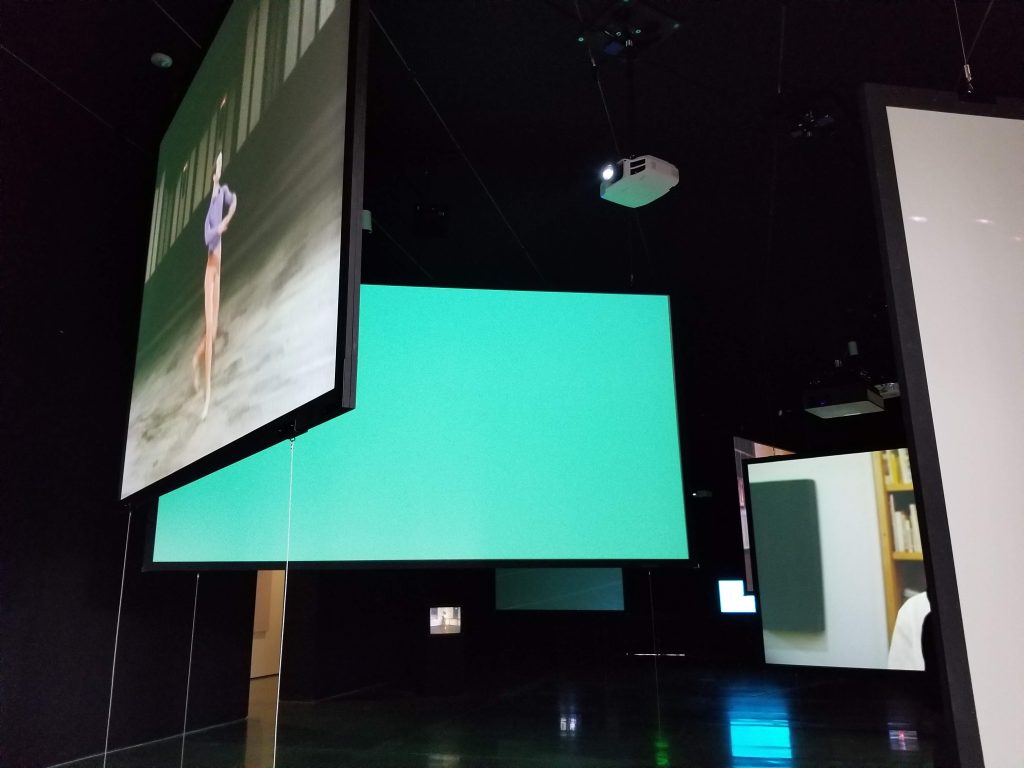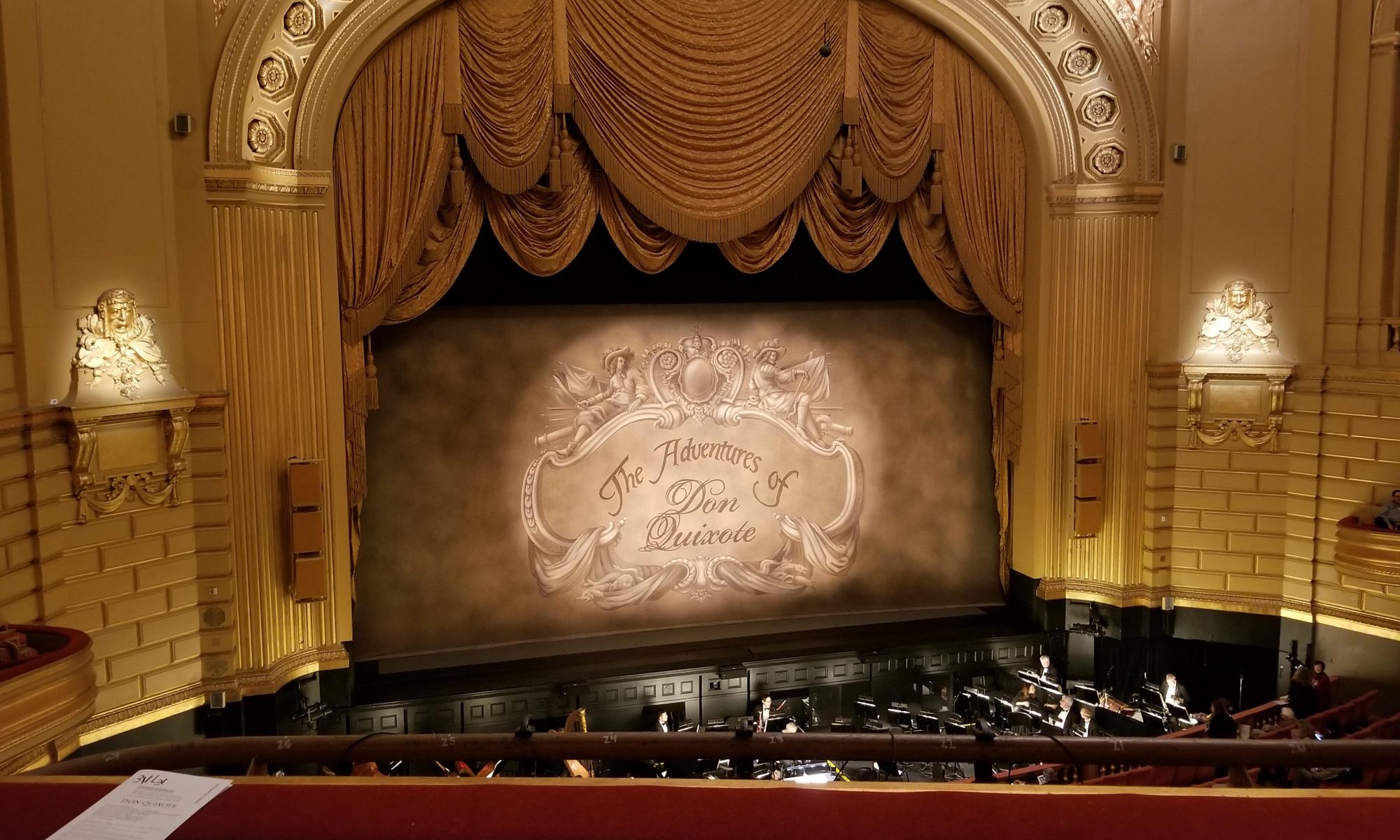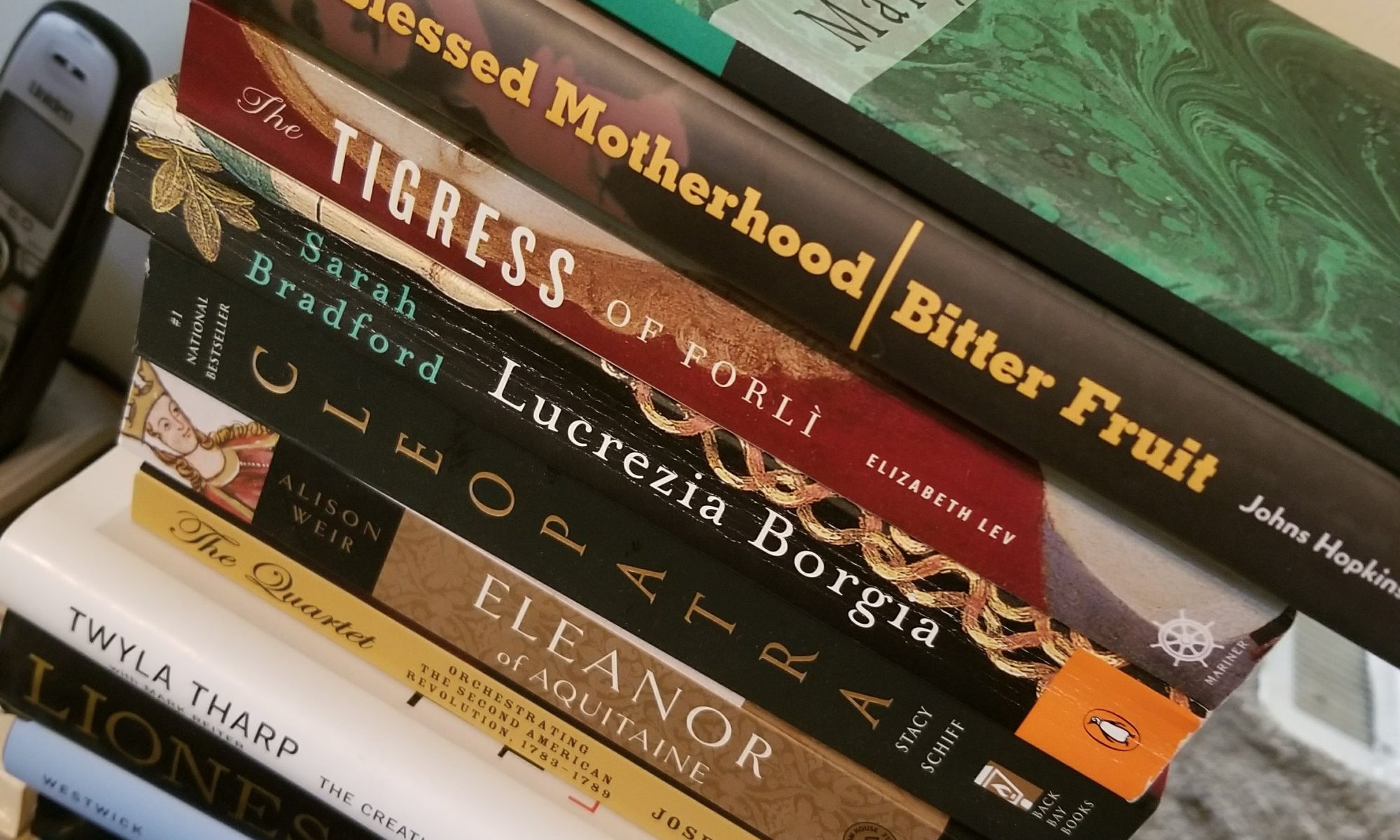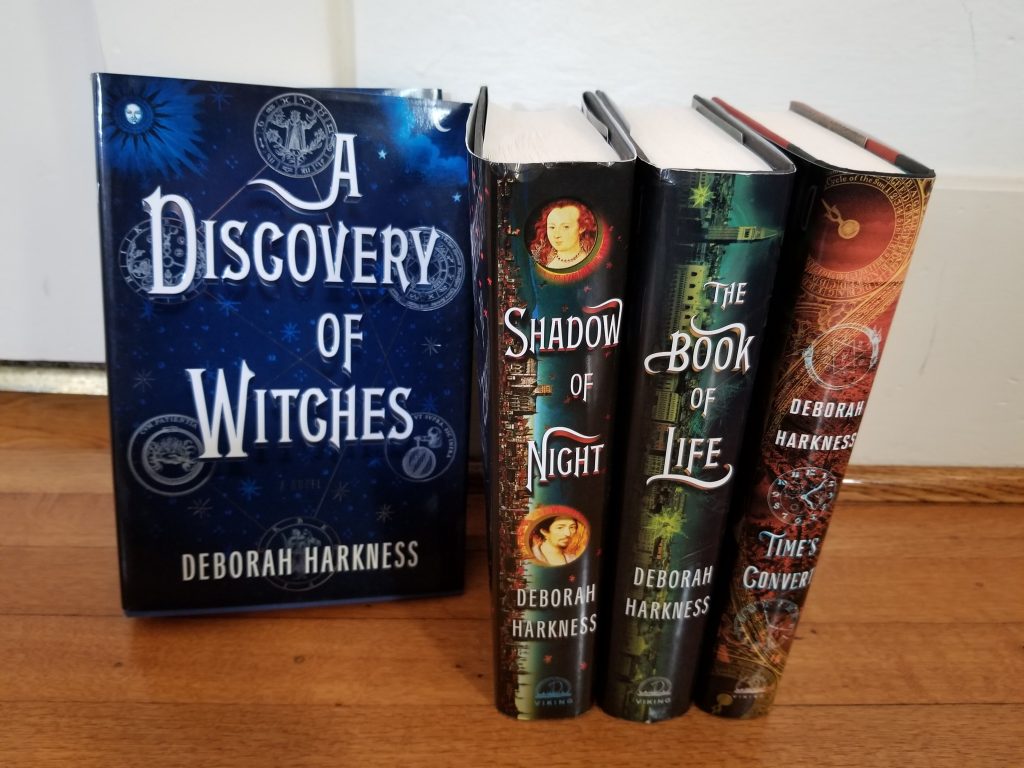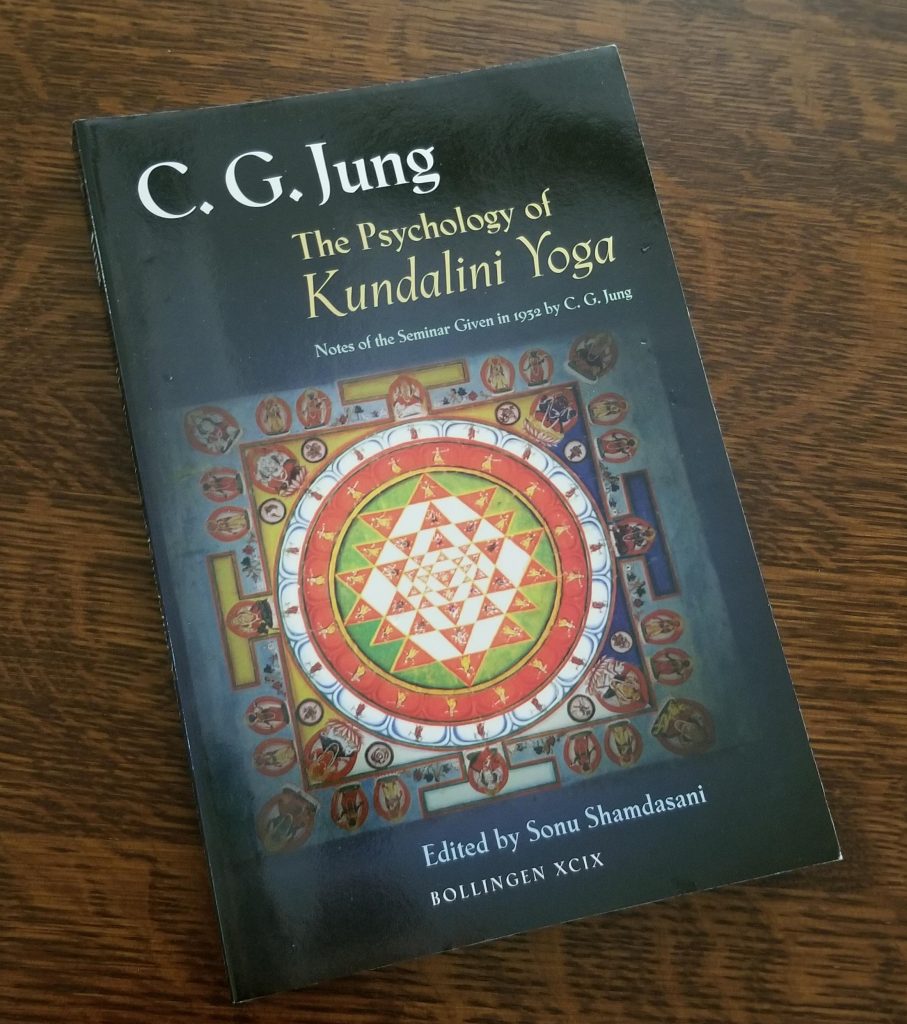Today I will be blogging about dogs. Don’t fall over. Just because I’m a crazy cat lady doesn’t mean that I don’t like dogs. I think dogs are great, I just happen to prefer to live with cats.
Last week, Mr. Man and I were invited to an event at the California Science Center celebrating their new exhibit, DOGS! A Science Tail. Before visiting the exhibit, we were treated to a screening of a 3D IMAX movie called Superpower Dogs.
I love dogs with jobs and this IMAX movie was all about different dogs who are specially trained for various jobs. One was in the process of training to be a search and rescue dog. It was so suspenseful, what if she didn’t pass the credentialing test? There were an amazing group of water rescue dogs in Italy. In Africa, a brother and sister pair of Bloodhounds tracked down poachers at a wildlife reserve. And there was a surfer dog who was super empathetic and good at making people feel better.
It was so wonderful to see all of these beautiful dogs being able to make the most of their natural talents to help others. If only we all could be that lucky!
Then it was time to check out the exhibit.
The exhibit was really fun. There were all sorts of interactive displays: look through this to get an idea of what dogs see; listen to this to get an idea of what dogs hear; push this button and take a deep breath to get an idea of what dogs smell…you get the picture. I may have passed on the smell-o-vision but I’m sure that it was very edifying.
Upon exiting the exhibit, there was an area with actual dogs hanging out. The dogs that were there the night we visited were from HOPE Animal-Assisted Crisis Response. These dogs were all super friendly and mellow – that’s their job. Their handlers were also super friendly and happy to talk to us for as long as we liked about the dogs and their experiences. These dogs also all had trading cards!
Of course, now I think that Anabel and Sally might need to have trading cards. How great would it be if everyone had cards for their pets? I really think these crisis response dogs are on to something.
The California Science Center is a great place for special events. The scale of the space is impressive, the exhibits are always interesting, and there are so many interactive components. An ordinary cocktail party gets an instant activity without having to do any extra work. It is the kind of venue that ensures that everyone is talking about the event at work the next day.
Christina Sion, the VP for Food & Event Services is (among her many wonderful qualities) a creative and clever event planner. The reception that she organized together with the CA Science Center’s catering partners was a doggone delight. There were dog topiaries, an impressive selection of dog-themed beers (may of which were served by dog sock-puppets through a hedge-wall), and a variety of Scooby snacks (some were even served in doggie bags) like mac-and-cheese with fixings, taquitos, ahi tuna wonton bites, and emPAWnadas. Between the film, the exhibit, and the reception, it was such a fun evening.
If you are in the area and want a fun opportunity to learn more about dogs than you ever thought possible, you should check out this exhibit.


